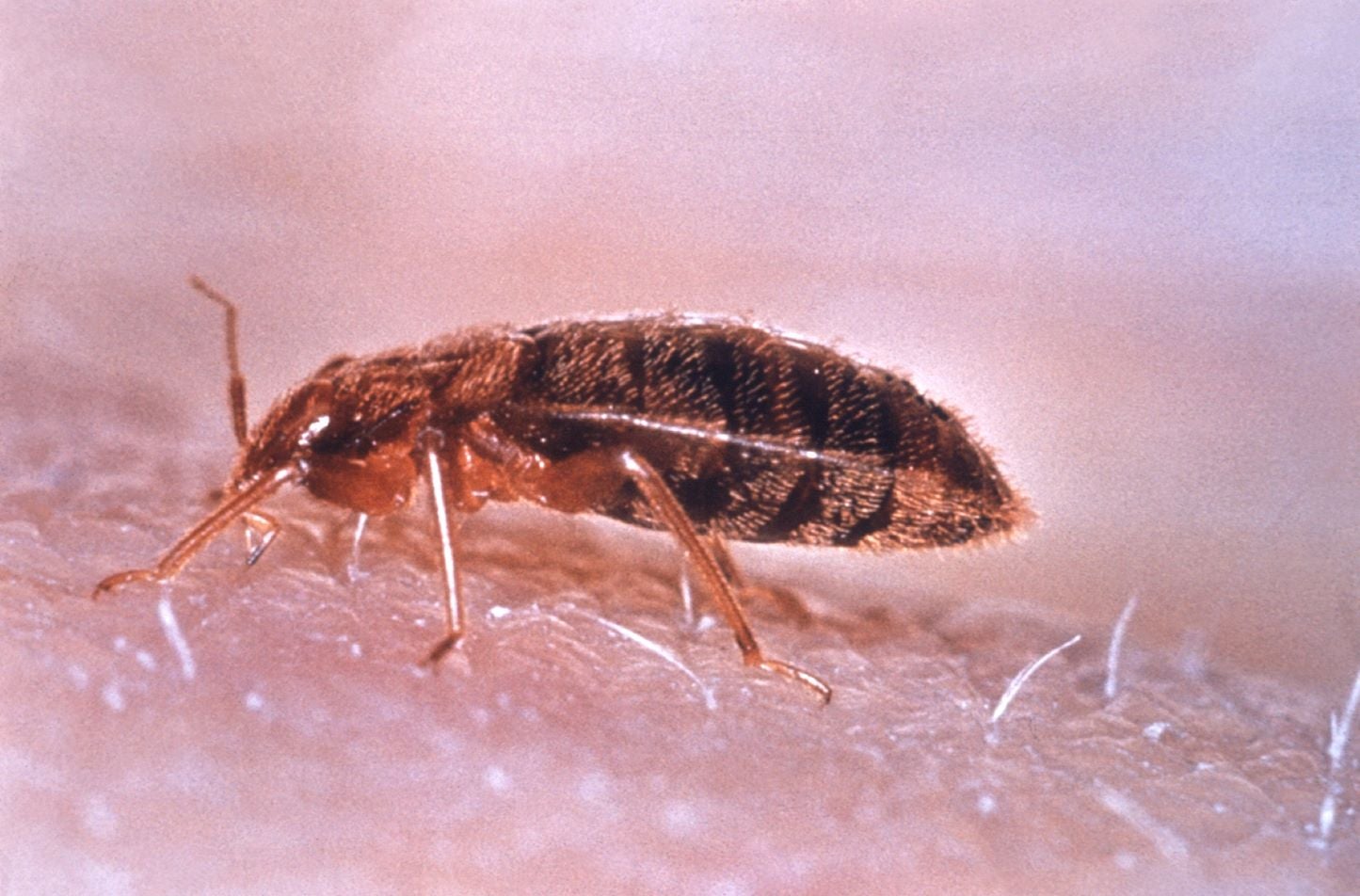Dealing with Bedbugs: Understanding, Preventing, and Eradicating Infestations

Bedbugs, tiny nocturnal pests that feed on the blood of humans and animals, have been a persistent nuisance throughout history. These small, flat insects can be challenging to detect and even more challenging to eliminate once an infestation takes hold. Understanding their habits, types, and effective prevention measures is crucial for maintaining a bedbug-free environment.
Types of Bedbugs:
- Common Bedbug (Cimex lectularius): This is the most prevalent species and is particularly adapted to human environments. Common bedbugs are reddish-brown, wingless insects that feed primarily on human blood.
- Tropical Bedbug (Cimex hemipterus): Found in tropical regions, these bedbugs have a similar appearance to common bedbugs but may have a longer body. They also feed on the blood of humans.
Bedbugs are excellent hitchhikers, often latching onto luggage, clothing, or used furniture to move from place to place. Identifying bedbugs involves recognizing their small, oval-shaped bodies, reddish-brown color, and characteristic flat appearance when unfed, which becomes more elongated and swollen after feeding.
Eradication techniques for bedbugs include professional pest control services for severe infestations, heat treatment leveraging high temperatures to eliminate infestations, and chemical treatments utilizing bedbug-specific insecticides with caution and adherence to safety guidelines.
Bedbug infestations can be distressing, but with awareness, preventive measures, and prompt action, they can be managed. Identifying the type of bedbug is crucial for implementing targeted control strategies. Vigilance and early intervention are key to keeping these unwanted guests at bay.